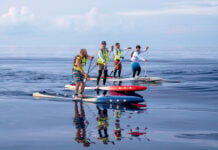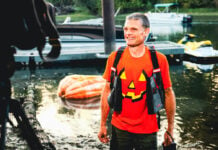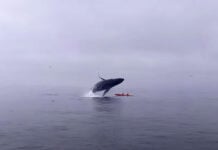From entrepreneurs and explorers to game changers and artists, the wide world of paddlesports is enriched by those who see a need and step up to fill it. Whether welcoming underserved communities, mentoring new paddlers or protecting waterways at risk, here’s who (and what) is changing paddling for the better this year.
5 mentors helping beginners broaden their paddling horizons
1 Andrea White
Rescue for Rec Boaters
Saving lives by bringing safety courses to those who need them most
Andrea White was in her mid-40s when she fell hard for paddling. As her love affair with the sport deepened, she noticed an unsettling trend.
“I started hearing about incidents and fatalities in groups I paddled with, where I was two degrees of separation from people who were calling 911,” said White, now an executive with the American Canoe Association.
The incidents White heard about weren’t happening on difficult whitewater or rough seas. They were occurring on lakes and slow-moving rivers such as the Cumberland River in her city of Nashville. And the type of paddlers getting into trouble were paddlers of recreational kayaks—the group she identifies most closely with and, not coincidentally, the largest market in American paddlesports.
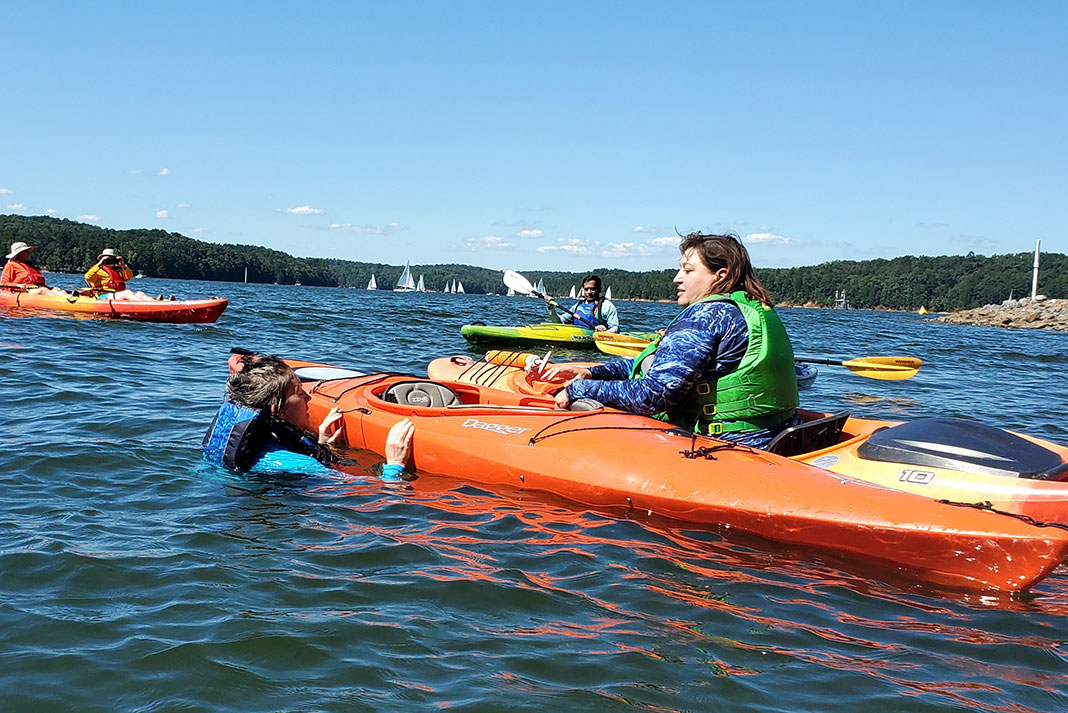
Recreational kayakers number more than 13 million in the United States, according to the 2021 Outdoor Foundation Participation Report. Those numbers are fueled by the accessibility of recreational kayaks, which are one of the easiest, cheapest and—one would think—safest ways to enter the sport. So why does this segment account for so many fatalities and close calls?
Inexperience. Recreational kayaks are designed for and marketed to casual users, and casual users represent a disproportionate share of paddling fatalities. According to the U.S. Coast Guard’s annual Recreational Boating Statistics report, 38 percent of paddling fatalities involved participants who had less than 10 hours of paddling experience. Meanwhile, 78 percent of paddling fatalities involve participants with less than 100 hours of experience.
“I was in the community of ACA instructors who were doing this kind of training, and I could see all we have to do is connect these two dots,” she said.
White launched Rescue for Rec Boaters in 2017, hosting it through the Tennessee Scenic River Association. The two-day program is split into a lake day and a moving water day. It features entry-level instruction in paddling strokes and skills, including throw ropes, strainer avoidance and self-rescue. The idea is to give new paddlers in recreational kayaks the skills they need to deal with common encounters on flat and slow-moving water.
The program sold out the first few years. Since then, White has relocated to Atlanta, Georgia, and she brought the program with her. Her most successful recruiting tool has been social media, specifically local kayaking Facebook groups. She credits the success of the course to its approachability—meeting recreational kayakers where they are. Her strategy is a concept the entire paddling community needs to embrace.
—Joe Potoczak
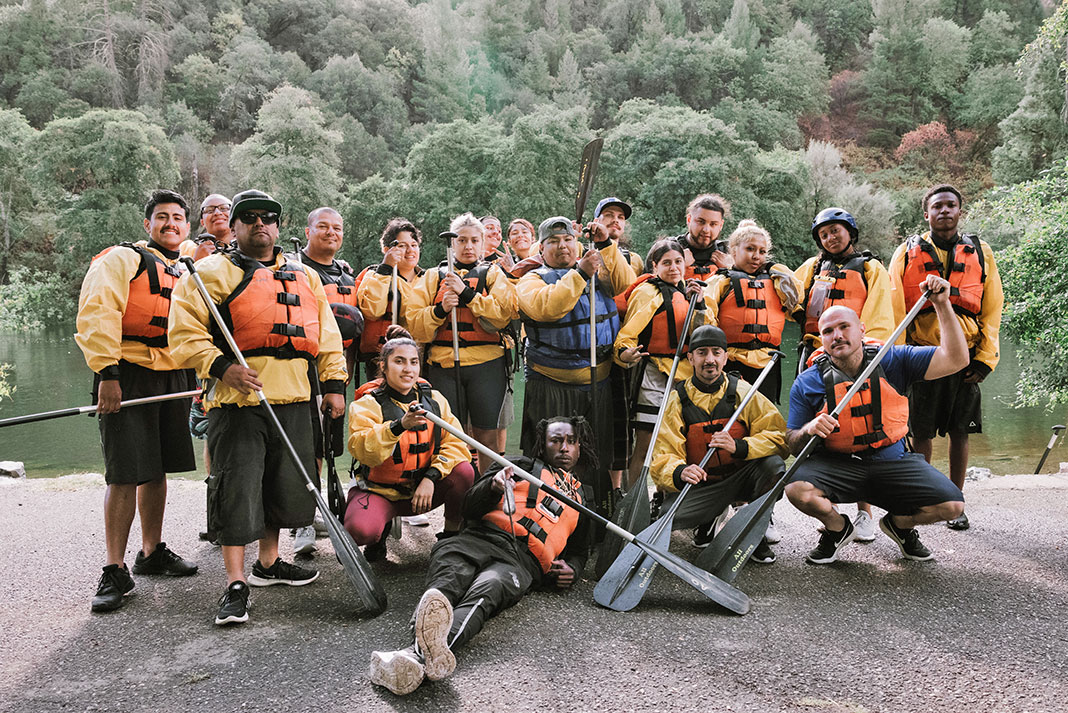
2 Homeboy Industries
Gang intervention program harnessing the transformational power of the river
Homeboy Industries is the world’s largest gang intervention and re-entry program for formerly gang-involved men, women and youth. The organization has helped more than 8,000 participants since 1988. In 2021, it branched out to include river rafting in its activities. The short film Uncharted Waters follows the joy of new connections when 50 Homeboy program participants take up the challenge of an overnight whitewater rafting adventure. “In gang culture, you’re on the edge of death, on the edge of pain—it’s an excitement,” said Hector Verdugo, associate executive director at Homeboy. “I felt like, how about if we were to play with adrenaline in this manner where it’s positive.”
3 Chev Dixon
Hudson River Riders’ director transforms passion into purpose at New York’s Yonkers Paddling & Rowing Club
Meet Chevaughn “Chev” Dixon, the director of Hudson River Riders, a free paddling program for youth offered by the Yonkers Paddling & Rowing Club. After benefitting from the program as a teenager, Dixon moved up through the ranks, from participant to staffer to his current position. Today, his role is more than a job. Dixon has adopted advocating for river access, increasing diversity in paddlesports, and developing the next generation of environmental stewards as his personal mission.
“We want to get the youth into paddlesports because we believe it’s a good activity to keep them physically fit, mentally ready and emotionally intact,” said Dixon.
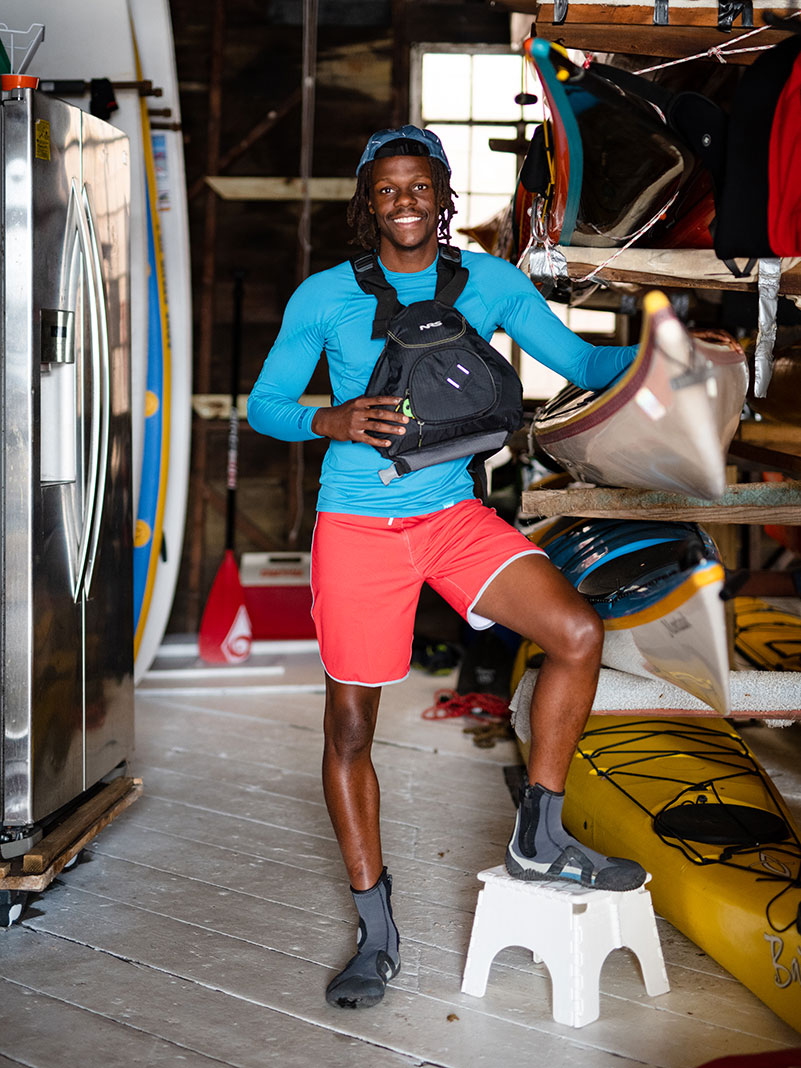
Born in Kingston, Jamaica, Dixon spent most of his childhood between the city and the quiet country parish of Trelawney. He moved to Yonkers, New York state’s third most populous city, at the age of 13.
Dixon came to kayaking in an unexpected way. After another teen threatened him with a knife during a basketball game, Dixon needed a new pursuit. Hanging out by the Hudson River, he met Gerry Blackstone, a Yonkers Paddling & Rowing Club board member. Blackstone asked Dixon and his friends if they’d like to learn to kayak through Yonkers’ free community program. Dixon’s “yes” changed the trajectory of his life.
Twelve years later, Dixon is now the program’s director and an ACA Level 4 sea kayaking instructor. The community program serves about 1,400 participants a year.
What’s the secret to Hudson River Riders’ success in engaging a diverse group of inner-city youth? “The way we get youth here is to make them feel comfortable. If they’re antsy, scared or worried, they’re not interested. We want a light, free, fun and enjoyable environment for everyone to thrive in,” said Dixon.
“We need [leaders] who can really connect with the community, who are from the community,” he added. “This is why Hudson River Riders works.”
Hudson River Riders also makes paddling look and feel accessible. Dixon has encouraged gear manufacturers to stop promoting class IV+ runs as the standard-bearer of river kayaking because it does not do much to entice new paddlers, he said. It looks like too much risk for people whose daily lives already include many environmental and societal risks. “People are more likely to start paddling if they see what it’s like for new paddlers at the beginning of their progression into the sport,” Dixon added.
View this post on Instagram
Even with its impressive number of participants, the focus of the Hudson River Riders is on youth retention to create lifelong paddlers and environmental stewards. There are two youth groups: The Explorers program, for seven- to 12-year-olds, includes all sorts of outdoor adventures, including hiking, camping, kayaking, running, cycling, tree identification, swimming lessons, and more. The program for 13- to 18-year-olds focuses on developing paddling skills.
Exposing inner-city youth to outdoor adventure opens up careers in conservation and the outdoor industry. “Access to the water is access to a whole world of possibilities,” said Dixon. After hikes, paddles, tree identification and learning about local animals, youth have talked about careers in botany, veterinary science, chemistry, conservation and more—all inspired by their activities through Hudson River Riders.
And Hudson River Riders isn’t the only way Dixon gives back to his community. Last year, he traveled to the Caribbean nation of Dominica to help start a free kayaking center to teach local youth how to paddle and care for their local waterways. He also led a kayak camping trip in Maine with Chicago Adventure Therapy and Hudson River Riders youth.
In May, Dixon completed the Hudson Valley Challenge, where he ran, hiked, biked, kayaked and standup paddleboarded the 300-mile round trip of the Hudson Valley Estuary. Leading by example, Dixon hopes to inspire others to be active and positive forces in their communities.
—Antoinette Lee Toscano
Antoinette Lee Toscano is a cofounder of Diversify Whitewater, founder of the American Adventure Sports Club, and producer of Whitewater TV. Watch her in-depth interview with Chev Dixon. Follow Chev Dixon’s adventures at negusoutdoors.com.
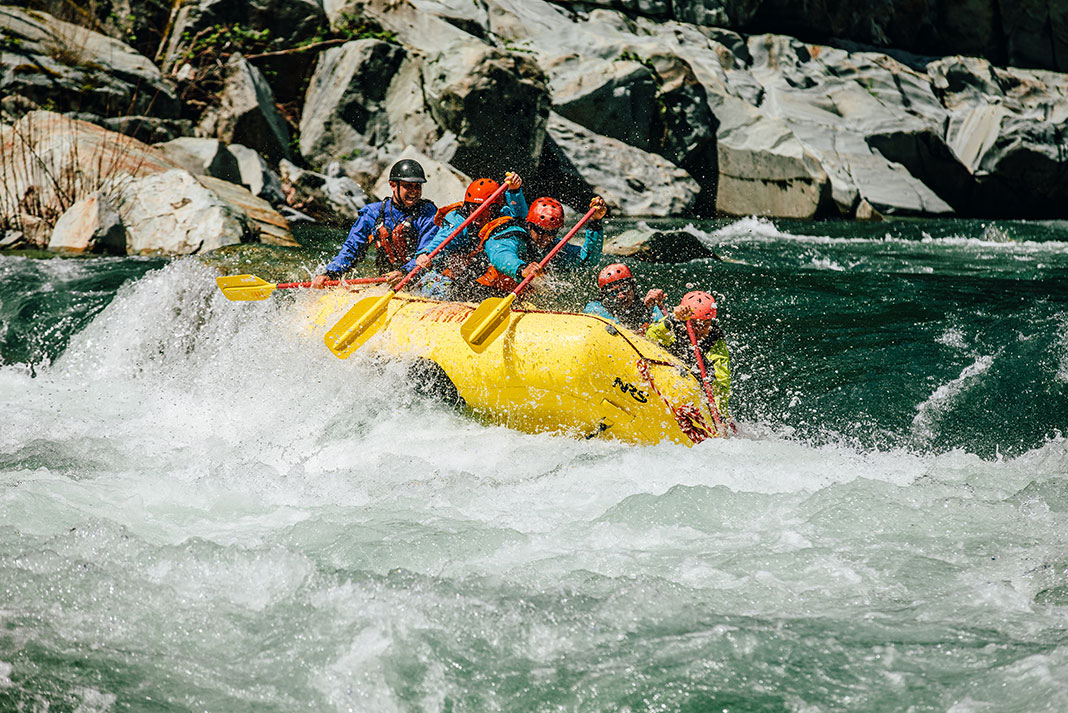
4 Guide School Scholarship
Since 2015, the Pam & George Wendt Foundation has provided subsidized outdoor adventure experiences for more than 2,000 under-resourced youth. In 2021, the Foundation and OARS launched a fully sponsored, need-based Guide School Scholarship. The scholarship returned in 2022 to help four individuals with limited resources attend OARS’s sought-after guide training programs, improving access to a career in the whitewater rafting industry.
5 D.A.R.E. To Kayak
Teaching kids to paddle asa healthy alternative to drugs and alcohol
Celebrating its 20th season in 2022, D.A.R.E to Kayak offers paddling instruction to about 20 Idaho students each summer. What started as a pool program has grown to paddling on the river, focusing on safety and conservation. “We also host a field day. We had 200 kids this year who learned how to use a PFD and helmet, whitewater safety and our message of finding a healthy passion to steer away from drug and alcohol abuse,” said founder Devon Barker-Hicks.
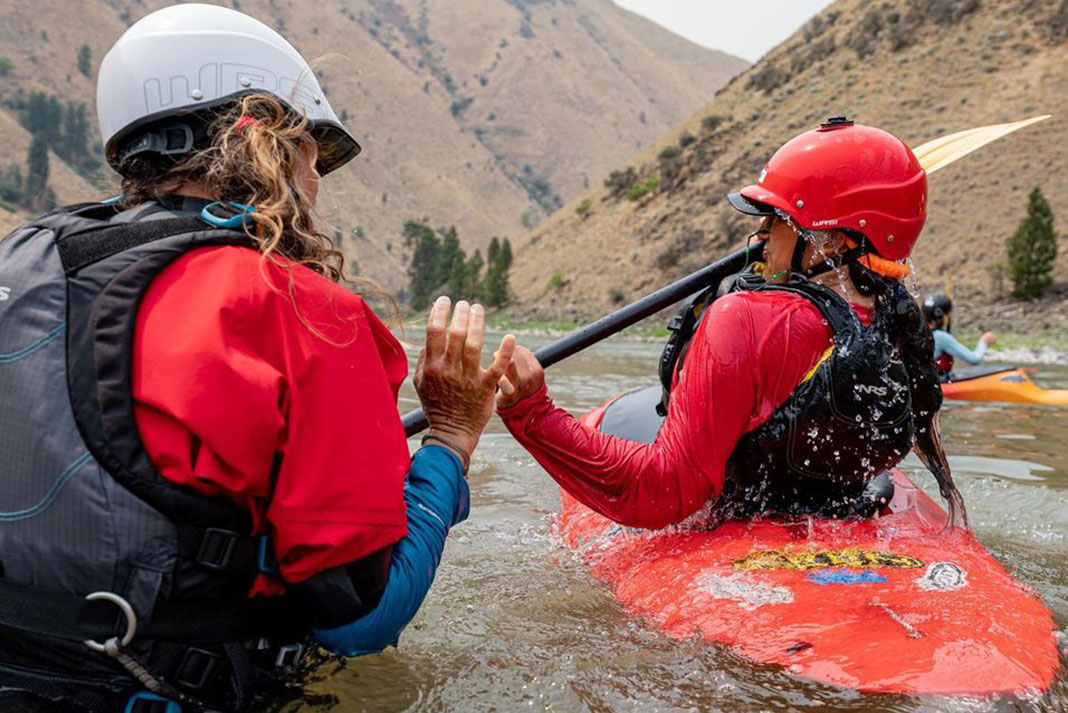
“One element continuing to enhance D.A.R.E to Kayak has been the increased involvement from parents since the start of Covid,” she added. “We continued teaching by involving the parents working one-on-one in the eddy with their child. We taught the parents how to wear a PFD, how to help their child with the steps of the wet exit, and how to support them hands-on through the rolling progression. We always say it takes a village to make a kayaker. Now, our village includes parents too.”
“I love being a part of new experiences, and getting out of the box of generational poverty, gangs, and the concrete jungle,” said Hector Verdugo (fourth from left), associate executive director at Homeboy Industries in Uncharted Waters. | Feature photo: Jack Armstrong





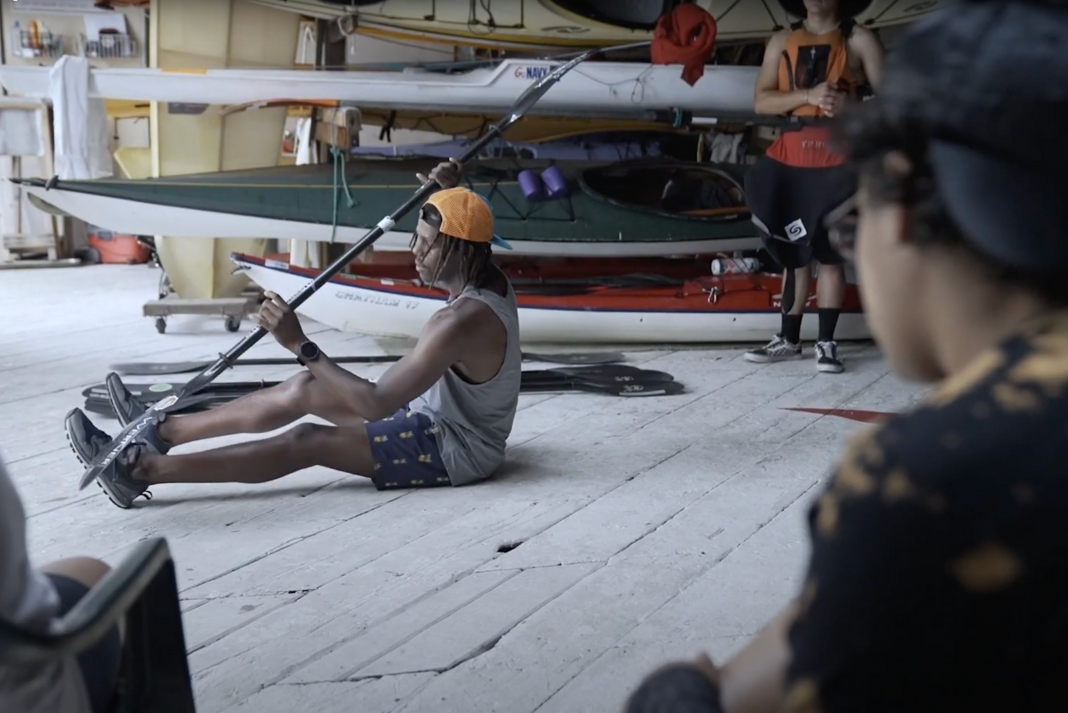
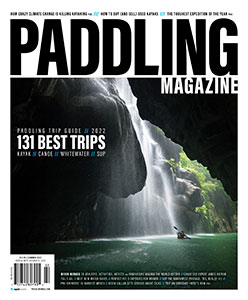 This article was first published in the Summer 2022 issue of Paddling Magazine.
This article was first published in the Summer 2022 issue of Paddling Magazine. 
